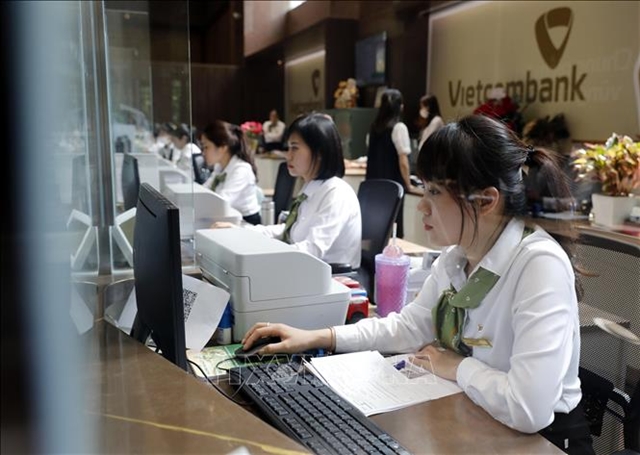 Life & Style
Life & Style

One of Germany’s most distinguished female photographers Barbara Klemm is exhibiting her photos at a show focusing on Germany before and after unification.
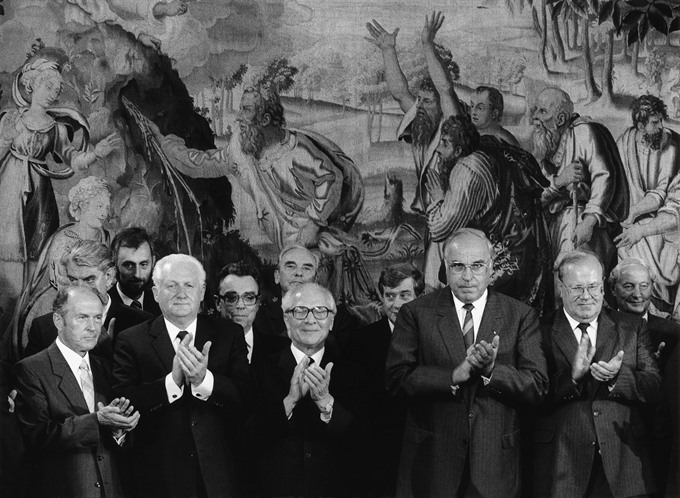 |
| The official visit of Erich Honecker to West Germany, Bonn, 1987. |
HÀ NỘI — One of Germany’s most distinguished female photographers Barbara Klemm is exhibiting her photos at a show focusing on Germany before and after unification.
Titled Light and Dark, the exhibition features 60 photos that the photographer took during her 40-year career. Klemm is considered the most important photographic chronicler of the old Federal Republic Germany.
She worked as a photojournalist for the Frankfurter Allgemeine Zeitung (FAZ) during a series of major political events. Her photographs illuminate German contemporary history, and among them are key events of rapprochement between East and West.
The exhibition includes photos from every sphere of politics, culture and economy. Her photos capture unique and often tense moments as well as plain everyday life, photos of demonstrations, protests, immigrants, cultural events, mass gatherings and urban spaces.
One of her photos in 1979 featuring the Soviet head of state Leonid Brezhnev and German Chancellor Willy Brandt in Bonn on May was seen as a sign of hope between the two opposing political blocs.
"This photo is the most important one of mine," said Klemm at a press conference before the opening ceremony next Tuesday at the Goethe Institute. "This was the first visit of a Soviet Communist Party general secretary to the Federal Republic of Germany and it was the beginning for the fall of the Berlin Wall."
 |
| Leonid Brezhnev and Willy Brandt in Bonn in 1973. — Photos courtesy of Barbara Klemm and Hanoi Goethe Institute |
Another photo she took at the Brandenburg Gate in Berlin in December 1989 features about 300,000 people who came to watch the gate official open in the presence of West German Chancellor Helmut Kohl and East German Minister President Hans Modrow.
The Brandenburg Gate was the most vivid symbol of the border between the states of the Warsaw Treaty and NATO, and thus of the Cold War. East German workers began to pull down the Wall on December 21.
A photo of the official visit of Erich Honecker, the East German head of state and leader of the Communist Party to West Germany in Bonn in 1987, is also very special. Klemm took the photo at the diplomatic ceremony with a mural background.
The foreword in the exhibition catalogue says that Klemm’s photos are regarded as icons of German history in the 20th century.
Although the majority of these photos were commissioned for the daily newspaper Frankfurter Allgemeine Zeitung, they represent far more than coverage of the day’s events. Klemm first joined the newspaper in 1959, working in the photo lab and producing photographic plates, before becoming a photographer on the editorial board for art, culture and politics in 1970.
Her commissioned work for the newspaper took her to many of the most important events and places in the Federal Republic of Germany, the German Democratic Republic and numerous other countries.
The Light and Dark photo exhibition is being co-held by the Stuttgart Institute for Foreign Co-operation and the Goethe Institute. It will run until October 29 and will re-open from November 9 to 18 at 56-58 Nguyễn Thái Học Street. — VNS

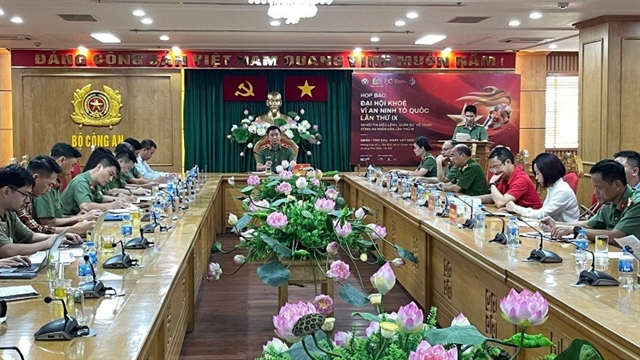
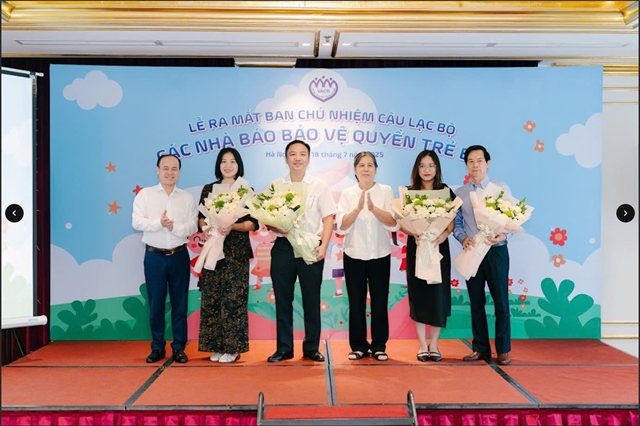


.jpg)
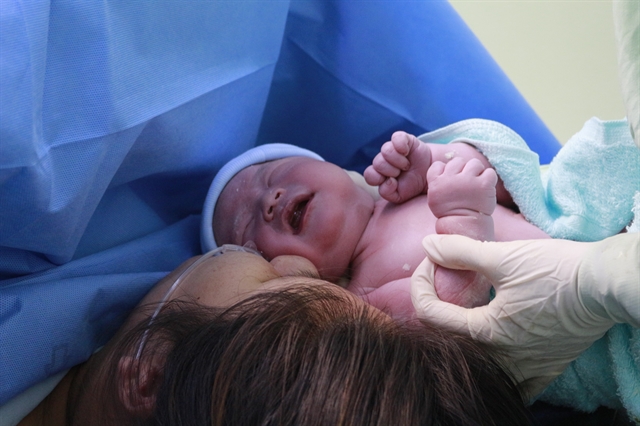
.png)
